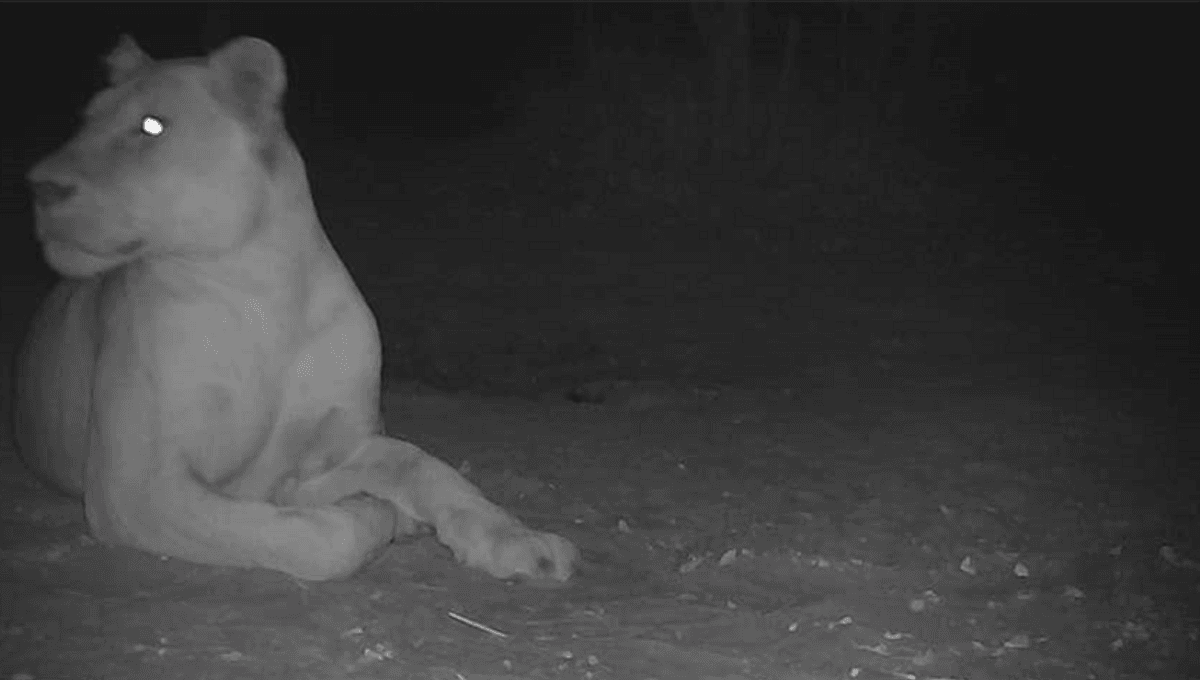
Exciting news out of Chad this week, as conservationists at the Sena Oura National Park report the first sighting of a wild lion in the area in nearly two decades.
Even better, the big cat appears to be thriving. Caught on remote camera back in February, a statement from the New-York based Wildlife Conservation Society (WCS) describes the feline visitor as “a beautiful lioness, in her prime and clearly in great health.”
Lions, often considered one of the most iconic of all African wildlife, have been classified as “Vulnerable” by the International Union for the Conservation of Nature (IUCN) since 1996. That’s only one step above Endangered, and it’s clear why: as of the most recent assessment of the species population, the number of wild lions had nearly halved in just three generations.
But even that worrying statistic masks a bleaker truth: “In the majority of its range the Lion meets the A2 criterion for Endangered,” the assessment notes, “but this trend is numerically mitigated by a small number of subpopulations in a restricted geographical range.”
And indeed, in Sena Oura, part of the larger Bouba N’djida-Sena Oura Landscape along the Cameroon/Chad border, the species is technically already extinct. In the past, the region saw a period of “ruthless, organized poaching,” WCS explains – one which saw lion populations in West and Central Africa decline by an estimated 66 percent over the past three decades.
While the situation has recently benefitted from strong commitments to conservation from the governments of both Chad and Cameroon, the picture is still not a pretty one: fewer than 1,000 of the 22,000-24,000 lions surviving in the wild belong to the genetically distinct West and Central African subspecies, and populations are “particularly small and fragmented,” WCS notes.
The sighting of a healthy lioness in the area, therefore, is cause for celebration – another sign, along with recovering populations in the adjacent Bouba N’djida National Park in Cameroon, that recent local conservation efforts may be paying off.
“[It] is hugely encouraging,” WCS Big Cat Programme executive director Luke Hunter told BBC News. “Prime females are the foundation of any lion population, and they are not big wanderers: they inhabit areas that have prey and are safe to raise their cubs in.”
“I am sure she is not alone,” he said.
Source Link: Lion Spotted In Chad National Park After Being Thought Extinct For 20 Years